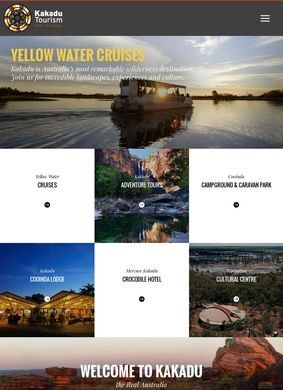Kakadu National Park is a prominent, world heritage site visited by a multitude of explorers and nature lovers each year. Officially termed as Kakadu Tourism NT, it offers a plethora of activities ranging from cultural exhibits to wildlife adventures. With comprehensive information provided through its Visitors Guide, navigating through the vast expanse of the park has been simplified for tourists.
The indigenous people of Kakadu, leveraging their profound 65,000 years of ancestral knowledge, enrich the overall tourism experience. Their contributions in operating various aspects of Kakadu Tourism is evidently a significant part of the authentic, immersive encounter visitors get at the park.
Carving a distinct niche, Kakadu National Park excels in offering appealing itineraries based on the differing lengths of stay and seasons. These well-curated itineraries, encompassing 2 to 4 day stays, are accessible for both the Dry Season and Green Season, allowing tourists to plan their visit accordingly.
Kakadu Tourism NT also provides options to reside within the park for an up-close and personal experience with Australia's distinctive landscapes and wildlife. The choices range from the Cooinda Lodge Kakadu and Mercure Kakadu Crocodile hotel to the more serene, nestled-in-nature setups like Cooinda Campground and Caravan Park and the Yellow Water Villas.
Complementing the spectacular natural beauty, the park boasts an array of activities. Visitors can indulge in adventure sports, attend special events and offers, or embark on different tours like Yellow Water Cruises and Kakadu Tourism Adventure Tours. Furthermore, the Warradjan Aboriginal Cultural Centre enables a deep dive into the rich culture and history of the locality.
Lastly, the park has embedded sustainability at its core, keeping environmental concerns in mind. It exhibits frequent blogs, a dedicated FAQ segment, and provides significant focus on business events.
In conclusion, Kakadu National Park encapsulates a diverse offering for visitors - be it cultural enthusiasts, adventurers, nature lovers, or even business events. Its Indigenous-operated and owned provisions make the experience engaging and memorable, proving it to be a must-visit world-heritage site.
